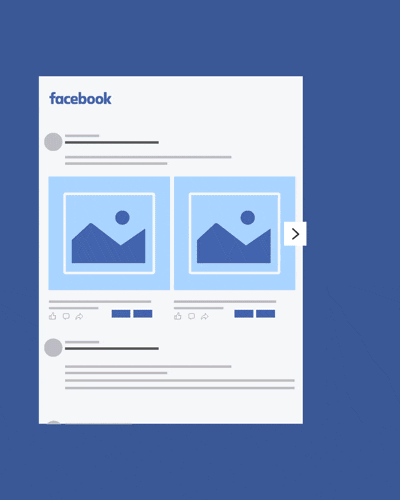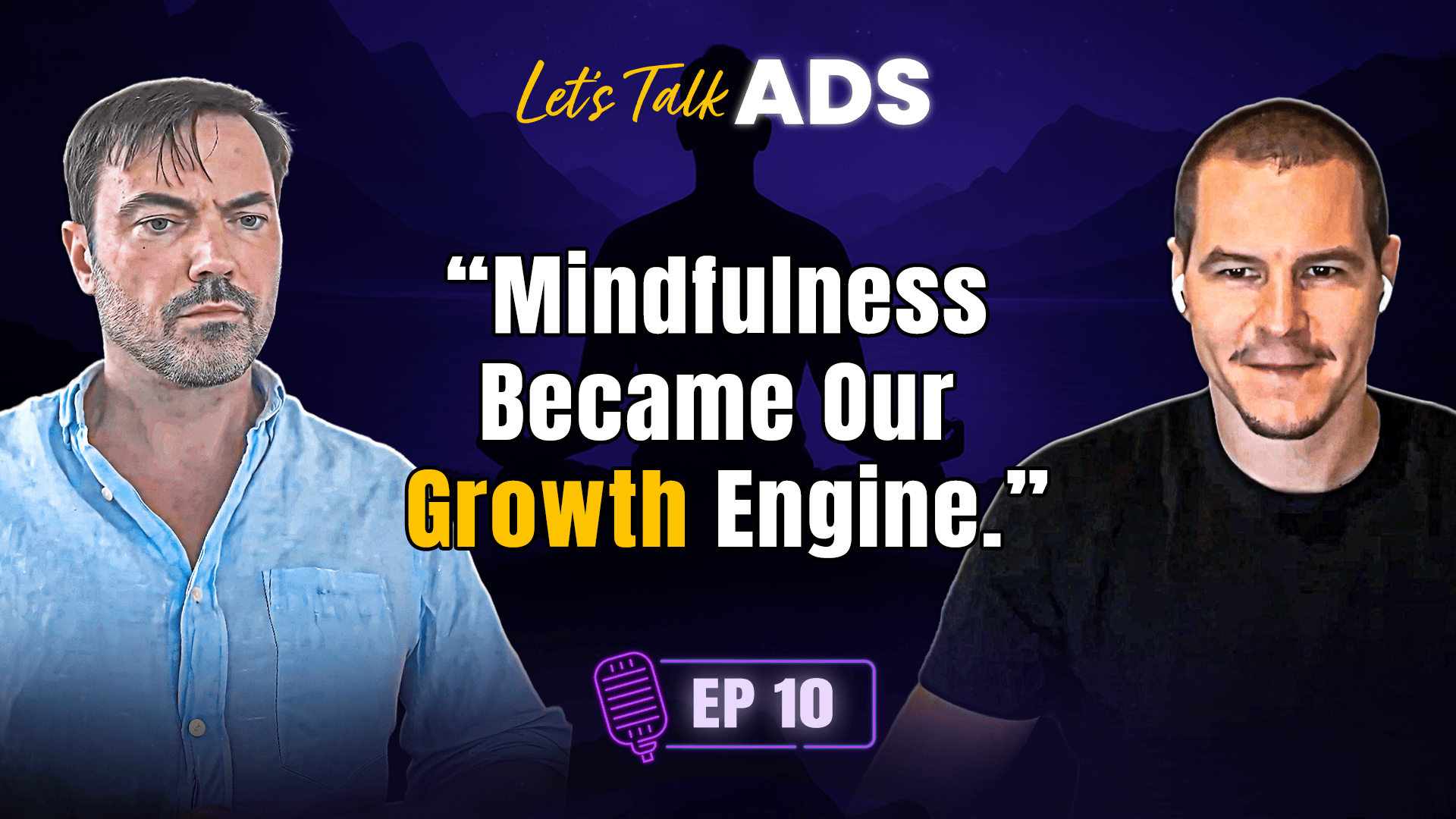We find ourselves at the crossroads of a significant shift. We are zooming in on Meta, the parent company of Facebook and Instagram, and its maneuvers in response to tightening European Union (E.U.) privacy regulations.
Table of Contents
According to recent reports, Meta is contemplating a game-changing strategy—a paid subscription model for Facebook and Instagram that would provide E.U. users with an ad-free experience. Dubbed “Pay or Okay,” this approach could revolutionize social media monetization, not just for Meta but for the tech industry at large. As a leading mobile marketing agency, our team finds this an especially exciting development, and we bet you will too, once we delve into the details – and especially after you’ve read our Performance Directors’ reflections on how it affects app marketers.
Background: The Shifting EU Regulatory Landscape
The Digital Services Act (D.S.A.) had its entry into force on 16 November 2022. Back then, online platforms had 3 months to report the number of active end users on their websites.
This legislative powerhouse aims to give users unprecedented control over their personal data, particularly in the realm of ad targeting. Combine this impending law with Apple’s iOS 14 update, which provides users the freedom to opt out of data sharing, and you get a rather challenging environment for companies like Meta that rely heavily on data-driven advertising. To put it bluntly, Meta has been feeling the financial pinch, losing billions in potential ad revenue.
The regulatory landscape is shifting in favor of user privacy, and this transition comes at a cost for companies that have traditionally capitalized on targeted ads. It’s not merely about ad revenue. These changes could potentially influence Meta’s relationship with its user base and force it to reconsider its business model in Europe.
Meta’s Potential Solution: Paid Subscriptions
In response to these sweeping changes, Meta is reportedly exploring the possibility of introducing a paid subscription version of both Facebook and Instagram for E.U. users. Imagine browsing your Facebook feed or scrolling through Instagram without a single ad populating your screen—that’s what Meta proposes for a subscription fee estimated between $6 and $8 per month.

This model would serve as a two-fold solution for Meta. Firstly, it would provide an alternative revenue stream that could offset the losses stemming from enhanced privacy controls. Secondly, it may alleviate the increasing scrutiny from E.U. regulators concerned about user privacy. By offering an ad-free experience, Meta also sidesteps the intricate web of data collection and user profiling, thus simplifying compliance with privacy regulations.
The ‘Pay or Okay’ Model
The “Pay or Okay” model is a term gaining traction in privacy advocacy circles. Under this framework, Meta gives users a choice—either pay for a subscription to enjoy an ad-free experience or consent to data-driven, personalized advertising. While this approach might seem straightforward, it enters a grey area in terms of legality under the General Data Protection Regulation (GDPR).
So far, both Austrian and German regulators have cautiously indicated that the “Pay or Okay” model might be permissible under GDPR.

However, they’ve also highlighted specific cases where the implementation was found lacking, mainly because users weren’t given a distinct choice for the specific purposes their data would be used for. In simple terms, regulators are saying that if Meta wants to use this model, it needs to be crystal clear in seeking separate consents for separate uses of data.
Financial Implications – Existing and New
Now, let’s talk numbers. Based on Meta’s most recent earnings report, Facebook generates approximately $17.88 per quarter from each EU user. Translating this into a subscription fee, we’re looking at a cost of around $6 to $8 per month. The math isn’t just about offsetting lost ad revenue; it’s a complex calculus that involves estimating the impact of reduced ad exposure on the entire ecosystem.
The numbers are worth noting. If Meta pulls this off correctly, it could retain about 40% of its advertising revenue in the E.U. That’s significant when you consider that the E.U. accounts for 10% of Meta’s global ad income. This isn’t just a pivot; it’s a potential saving grace that could keep Meta financially robust while navigating the waters of European data privacy laws.
However, let’s not overlook Meta’s successful experiment with charging for verification on Facebook and Instagram at $11.99 per month. Given this, it’s reasonable to assume that Meta might find the ground more fertile than initially thought for the introduction of subscription fees. Moreover, this would not be a binary switch. Users would have the option to either consent to personalized advertising or opt for the ad-free subscription. It’s a “Pay or Okay” strategy, offering more choices but also raising more questions about how we value privacy and personal data.
Our Expert’s Analysis on Meta’s Subscription
Now, what does this mean for the tech world at large? Elon Musk believes that all social platforms will have to shift to paid offerings eventually. If Meta succeeds, it could be a seminal moment for the industry.
While ads have been the lifeblood of social media, we’ve reached a point where the quid pro quo of data for service is facing increasing scrutiny. Meta’s experiment will, in a way, serve as the industry’s test case. If people are willing to pay for privacy, it not only validates Meta’s pivot but also paves the way for other social platforms to follow suit.
And even if the initiative doesn’t gain the expected traction, it will still offer invaluable lessons for everyone involved. The tech industry is a constant game of adaptation, and “Pay or Okay” could be its next evolution or an instructive misstep.
From Admiral’s Performance Marketing Director’s POV.
“If Meta introduces this paid option, I suspect not many will hop on board. But if they do, advertising will get pricier due to increased competition. The real question is about those who still see ads – will they be easier or tougher to persuade? My gut feeling is they might be the tougher crowd. With pricier ads and possibly lower conversions, it doesn’t paint a rosy picture for advertisers. But there’s a silver lining. Over time, if some advertisers back out, because they aren’t seeing the results they want, the ad space might become less crowded and more opportunistic. It’s the classic ebb and flow of the advertising world, driven by supply and demand.”
Pablo Perez Gonzalez – Performance Marketing Director @ Admiral Media
Wrapping up Meta’s “Pay or Okay” model
The social media scenario is at a turning point. Meta’s potential adoption of the “Pay or Okay” model could set a precedent, making waves not only in how it interacts with users but how the industry navigates the sea of increasingly stringent privacy regulations. On the financial front, the stakes are high. If Meta manages to implement this model effectively, it could recoup a significant portion of its lost ad revenue in the E.U., which makes up an estimated 10% of its global advertising revenue.
What makes this situation so captivating is that it converges on multiple fronts—user privacy, regulatory compliance, and business innovation. While the model is not without its legal and ethical challenges, it stands as perhaps the most viable route for Meta amid financial and regulatory pressures. This watershed moment may well dictate the future of social media monetization strategies, influencing the broader tech landscape.
As always, if you’re looking for help with your Paid Social, see if we’re a match by getting in touch with us.



